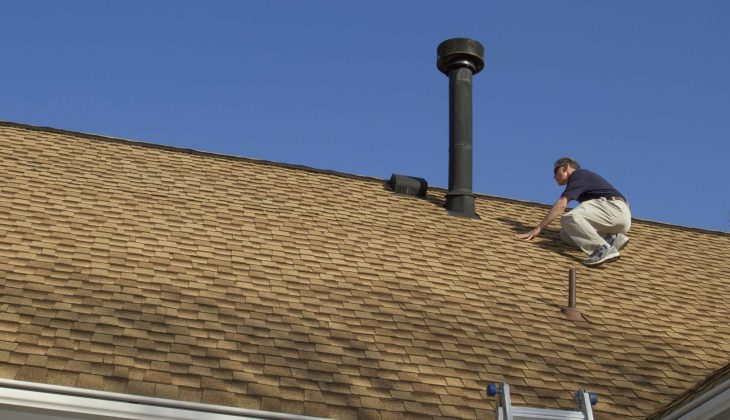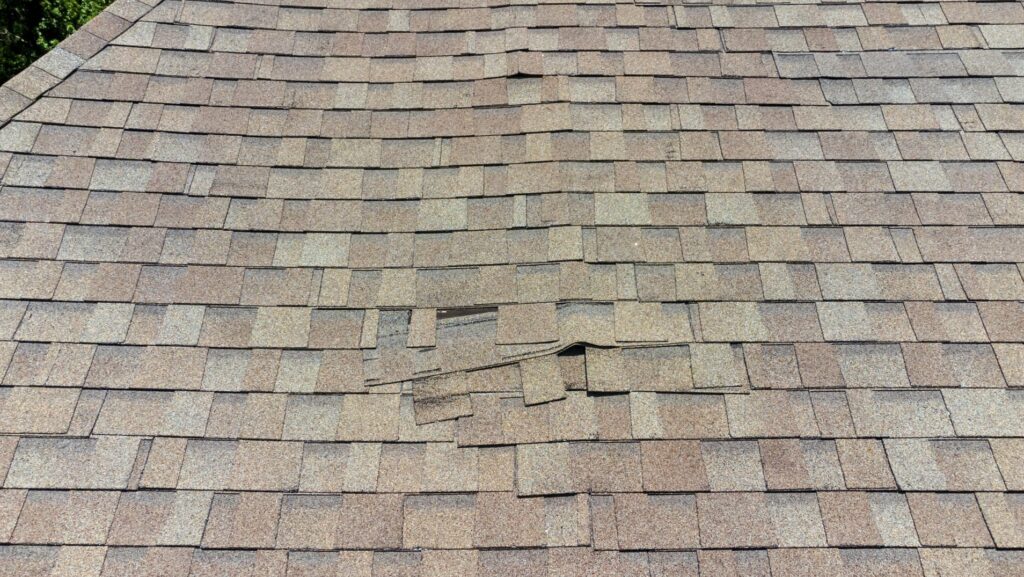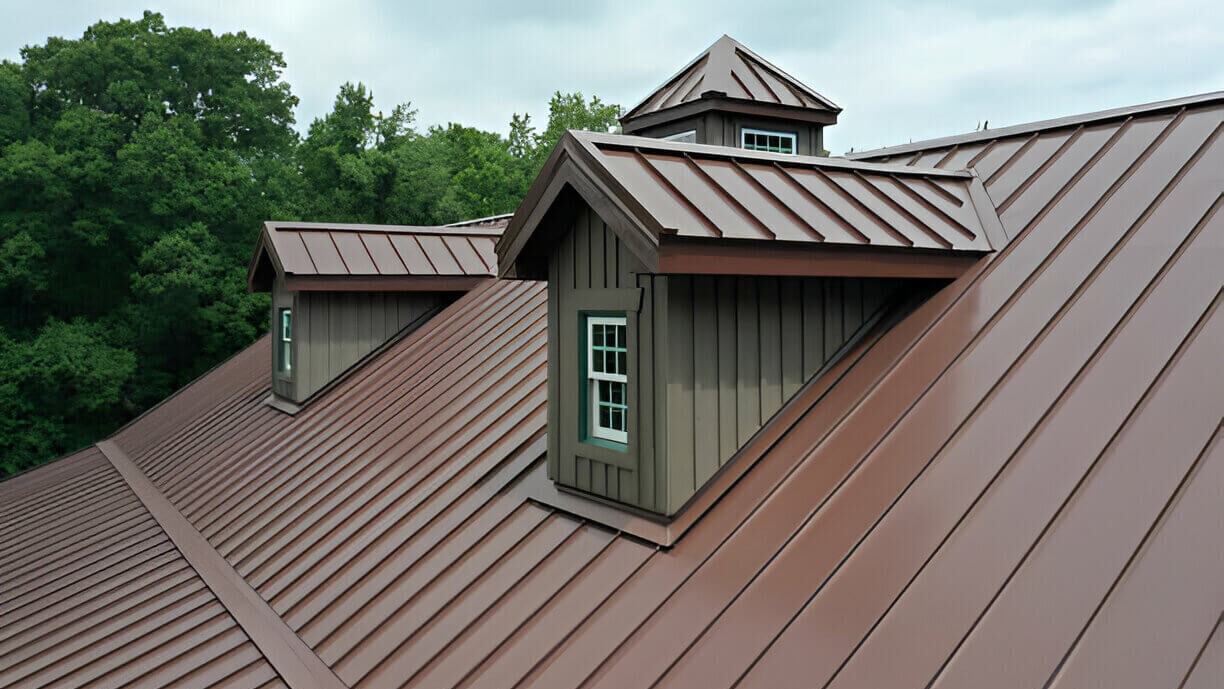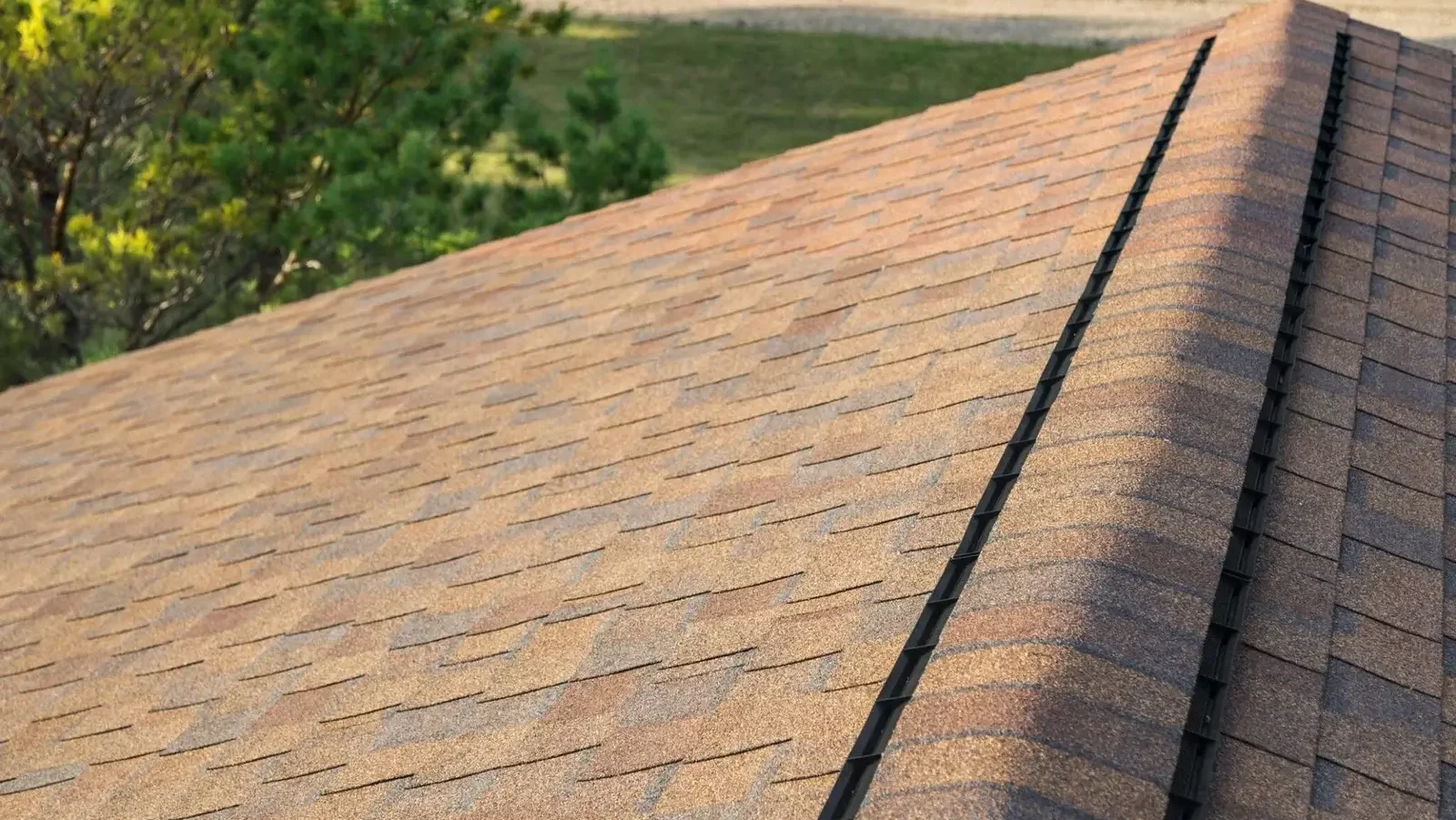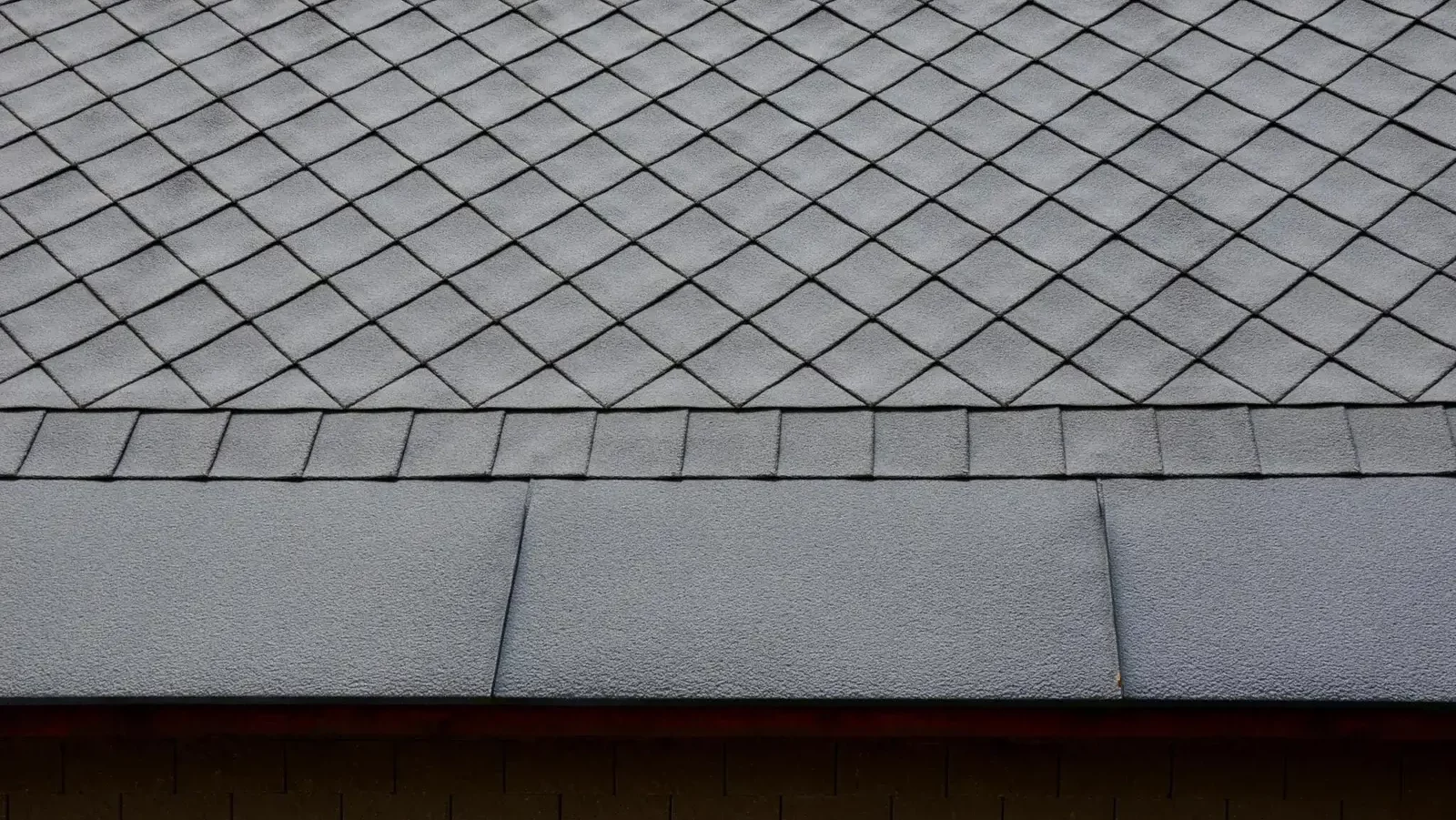Are you filing a claim for roof damage? Your insurance company needs to check if the damage is covered under your policy. Roofing experts sometimes check your roof for free before starting any work.
Table of Contents
ToggleWhy do insurance agents need this? To decide if they will cover your claim.
It is wise to have your roof checked yearly.
This way, you will know if your insurance covers the damage or if you need to claim it. During an inspection, they spot current issues with your roof. Also, they can tell how long your roof might last, which is super helpful.
What Is A Roof Inspection?
When you get a roof inspection, it’s like a detailed health check for your home’s roof, crucial for things like hail roof damage insurance claims.
An expert takes a good look at everything related to the roof.
They are checking how well your roof is doing its job and if anything needs fixing.
Imagine it as a report card for your roof. They pinpoint any spots that might cause trouble later. It’s all about ensuring your roof is in top shape and spotting any issues early.
This way, you can fix them before they become more prominent, more costly problems.
Roof Inspection After Installation
Inspecting your roof after it’s installed is super important. It is like a health check-up for your roof! This check-up can spot any safety risks or parts that are not built right. Also, it gives you a heads-up on how long your roof might last.
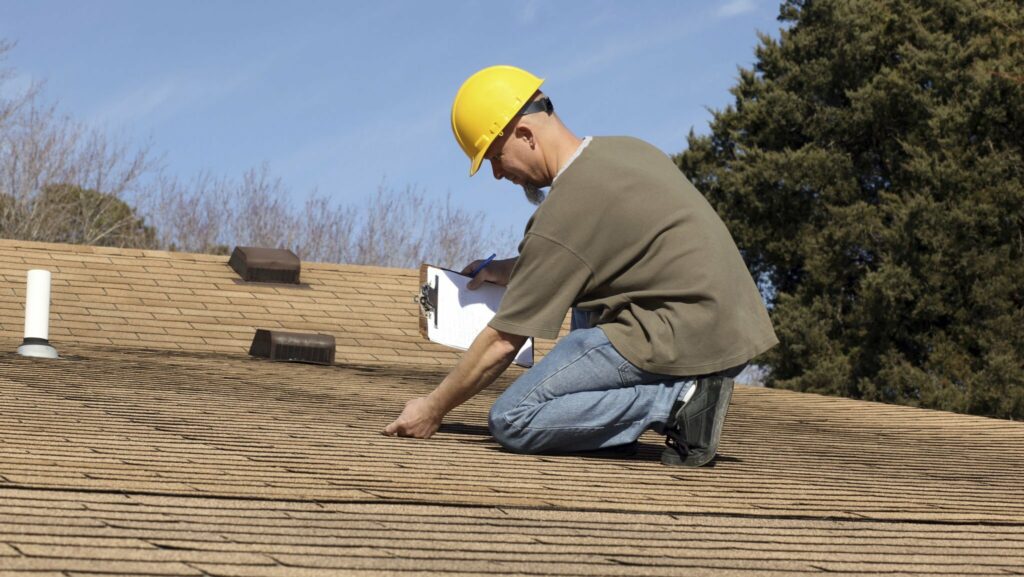
Regular checks by a skilled roofer can make all the difference. But what do they look for during an inspection?
Well, they use four main methods.
- Interior inspection: When roofers check your roof, they are not just looking outside. They also inspect inside your home, like the attic, ceilings, and walls. Why? To make sure no water is sneaking in. Roof leaks are sneaky troublemakers. Left alone, they can cause a lot of damage. Roofers use their keen eyes to spot any telltale signs of leaks.
- Structural inspection: When your roofing expert visits, their inspection will be thorough, much like when assessing rain gutters for metal buildings. They will carefully examine your roof, searching for uneven areas or droops. This is part of what we call a structural inspection. Here, the expert will also scrutinize other parts like the soffit (the underside of your roof overhang), fascia (the boards along the roof line), gutters, and even the brickwork of your chimney.
- Workmanship inspection: An insurance roof inspection often includes a detailed check of the craftsmanship. Here, experts examine the roof to spot any quality errors that could spell trouble later on. It is like a health check-up for your roof! If they find anything amiss, they will fix it quickly.
- Material inspection: During a material inspection, the focus is on checking the roof’s condition. Inspectors look for any loose, missing, or curled shingles. They also watch for any stains or moss growth and any missing parts like flashing. This helps them figure out if the roof needs fixing or if parts need to be replaced.
Roof Inspection For Insurance
Getting your roof inspected for insurance is like having a health check-up for your home’s top cover. This check-up, done by a roofing pro, looks for any damage or wear that could spell trouble. Why is this smart?
- First, it solidifies your insurance policy and saves you some cash on premiums.
- Second, catching problems early, like leaks or mold, means fixing them is more accessible and less costly.
Roof Inspection Checklist
- Inside Report: Dive into the building’s interior, eyeing for watermarks, structural issues, rust, or mold.
- Rooftop: Stroll over the roof. Spot issues like water pooling or unwanted greenery.
- Edge Examination: The roof’s edge is a trouble hotspot. Check every nook—seams, flashings, joints, and gutters.
- Main Field Focus: Now, search the main roof area. Whether it’s EPDM or metal, each type needs special attention. Check for tears, loose fasteners, and seal integrity. For built-up roofs, assess the protective layer. Is there enough gravel? Are there any signs of chemical or heat wear?
- Penetration Patrol: Keep an eye on roof vents and HVAC systems. They must be sealed tight to keep moisture out, especially after new installations.
- Core Sampling: A peek inside the roof’s layers reveals its age and condition. Grab a sample, particularly from soggy spots, to gauge the roof’s overall health. Aim for one sample per 10,000 sq. ft.
Common Roof Issues Identified During Insurance Inspection
The following are the most common problems found during roof inspections:
1. Leaking Roof
When checking your roof, spotting leaks is key. Leaks often pop up from simple issues but can become big headaches if ignored. Regular roof checks help catch these sneaky leaks early.
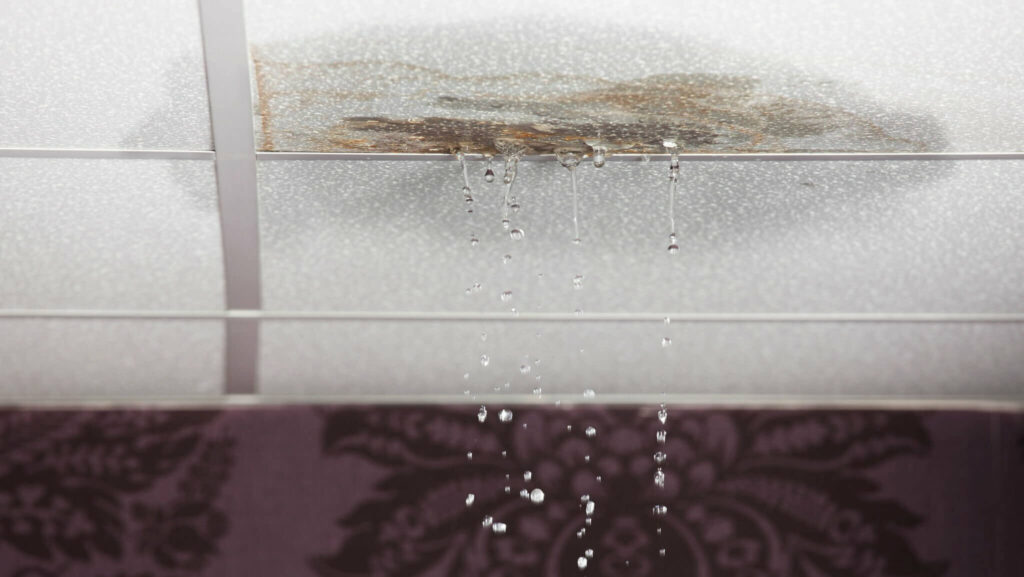
Why do roofs leak?
It could be from worn-out flashing near chimneys or damaged shingles and tiles. Even your gutters and skylights need a look-see.
2. Abandoned Equipment
Are you upgrading rooftop gear? Remember, the old stuff needs to go, particularly to prevent issues like metal roof noise problems.
Sometimes, a building’s makeover makes certain roof parts—like vents or skylights—useless. If you are dealing with an older roof, remove these outdated scraps. Seal up any gaps they leave using roof-friendly materials.
Why bother? Well, leftover roof gear can cause trouble.
3. Damaged Shingles
When you spot a damaged or missing shingle, it is smart to replace it immediately.
Incorrectly installed shingles or those not properly secured at the edges can be harmed. Harsh weather, like strong winds, plays a big role too.
It can rip off the protective metal pieces around the roof, leaving it open to further harm.
4. The Issue with the Downspout
It is vital to ensure downspouts in your home are set up correctly. These are the pipes that carry rainwater away from your roof.
It is best if they direct water at least four to six feet away from your home’s foundation. Why? Because if water flows towards your house, it can weaken the foundation, leading to severe damage.
5. Flashing
Flashing is like a raincoat for your roof, similar to how you might consider the roles of a gutter apron vs drip edge. It covers the parts where different sections meet like the chimney or little roof windows (dormers) sticking out. Its job? To keep water from sneaking into places it shouldn’t. Sometimes it needs to be fixed.
Tips for Preparing for a Roof Inspection for Insurance
Exterior Home Insurance Inspection Checklist
- Examine the roof for any loose or missing shingles.
- Ensure gutters are firmly attached and free of debris.
- Inspect the foundation for any cracks or signs of damage.
- If you have a chimney, look for cracks or loose bricks. Consider a professional cleaning.
- Trim branches near the roof or house to prevent damage.
Interior Home Insurance Inspection Checklist
- Test smoke and carbon monoxide detectors for functionality.
- Verify your fire extinguisher is in working condition.
- Clean your fireplace and flue, if applicable.
- Inspect for leaks or termite damage near windows and doors inside.
- Search for water or pest damage in the attic and basement.
- Clean and test your HVAC system for proper operation.
How Long Does A Roof Inspection Take
When checking the condition of your roof, the time it takes varies. Imagine you have a regular, one-story house – that roof check might only need about half an hour to an hour.

But if you live in a bigger place with more levels, your roof inspection could stretch to around one to two hours, maybe even longer.
How Much Does a Roof Inspection Cost
Inspecting a roof’s condition comes with a price tag that changes depending on where you live. Typically, a standard roof check-up costs anywhere from $75 to $200.
However, if you need a specialized inspection to confirm your roof’s status for insurance – known in the trade as a roof certification – expect to shell out a similar amount.
Regarding the higher end of the range, some roofing experts might charge up to $500.
Roof Inspection For Insurance FAQs
Why does my insurance company want to inspect my house?
Your insurance company inspects your house to assess risks and ensure your property’s condition aligns with your policy details. This helps them determine accurate coverage and premiums.
What are the methods of roof inspection?
Roof inspections can be done physically, by experts examining your roof up close, or through technological means like drones and satellite imagery for a comprehensive view.
How often do insurance companies inspect homes?
Insurance companies typically inspect homes twice a year, but this can vary based on policy requirements and any significant changes made to the property.
What to expect from a roof inspection?
During a roof inspection, expect a thorough examination of your roof’s structure, materials, and integrity. Inspectors look for damage, wear and tear, and potential issues.
What if my roof fails the inspection?
If your roof fails the inspection, you must repair or replace it to maintain insurance coverage. The insurer may offer guidance or requirements for the necessary fixes.
Conclusion
Grasping the significance of a home roofing survey for insurance is crucial. You might be curious about how to ensure your roof aces these inspections.
It is not just about the inspections themselves; it’s about the bigger picture of roof upkeep. Consistent care is the solution to preventing issues and maintaining your roof’s top-notch condition.

